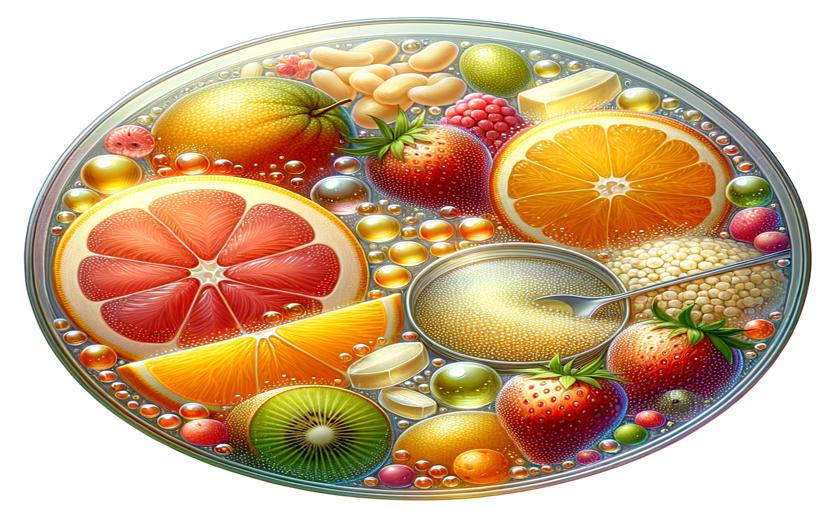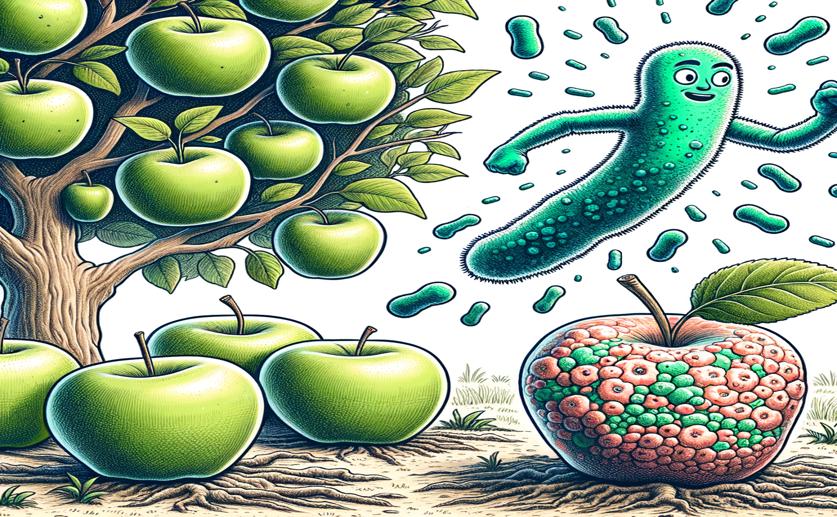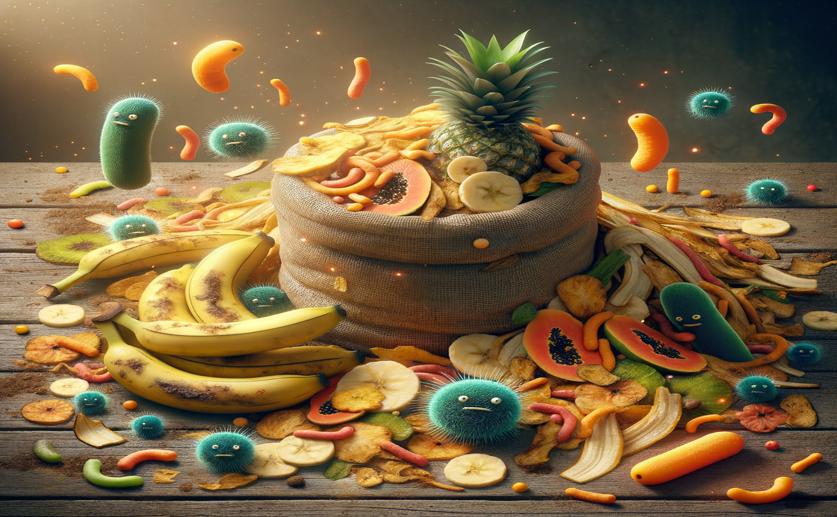
Fruits News
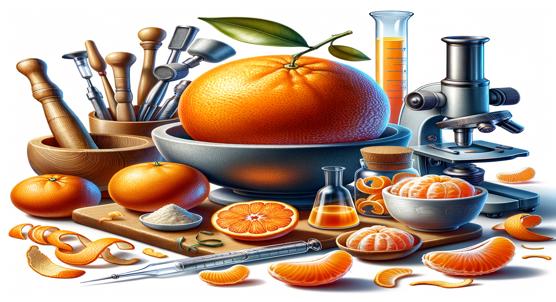
 19th July, 2024
| Greg Howard
19th July, 2024
| Greg Howard
Comparing Methods for Extracting Healthy Compounds from Mandarin Peels
Research reveals that bioactive compounds from citrus waste, like quercetin and hesperidin, have potent anti-cancer properties. Using ultrasound-assisted extraction, these compounds can be efficiently harvested, promoting both health benefits and environmental sustainability.

 19th July, 2024
| Greg Howard
19th July, 2024
| Greg Howard
Leaf Nutrient Patterns in Wild Apple Trees Over Time in a Natural Forest
A study by the Chinese Academy of Sciences reveals the nutrient dynamics in wild apples, showing seasonal changes in nitrogen, phosphorus, and potassium levels. Findings highlight the importance of nutrient balance for conservation and ecosystem management.
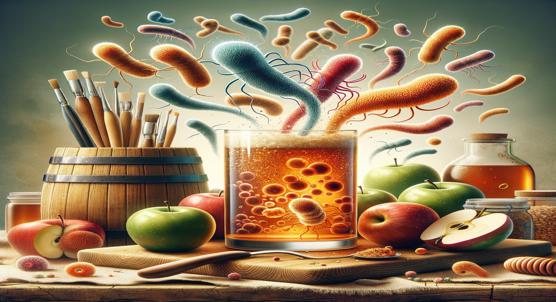
 18th July, 2024
| Jenn Hoskins
18th July, 2024
| Jenn Hoskins
Friendly Bacteria Improve Fermentation, Antioxidants, and Aroma in Apple Cider
Different strains of Lactiplantibacillus plantarum significantly enhance cider quality by boosting malolactic fermentation, antioxidant activity, and aroma when co-inoculated with Saccharomyces cerevisiae. The strain L. plantarum SCFF284 showed particularly favorable results.
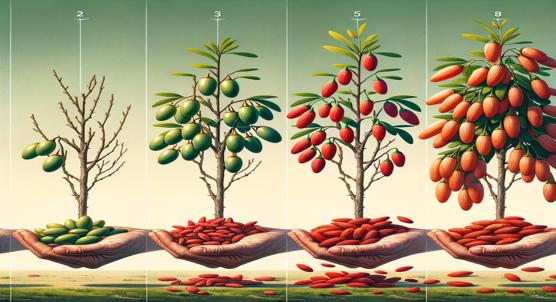
 17th July, 2024
| Greg Howard
17th July, 2024
| Greg Howard
Changes in Goji Berry Toughness and Ease of Picking Over Time
Beijing Forestry University’s study on goji berries reveals the best harvesting times for top cultivars Ningqi No. 1 and Ningqi No. 7, optimizing quality and reducing damage. Key findings suggest late afternoon for Ningqi No. 1 and morning for Ningqi No. 7.
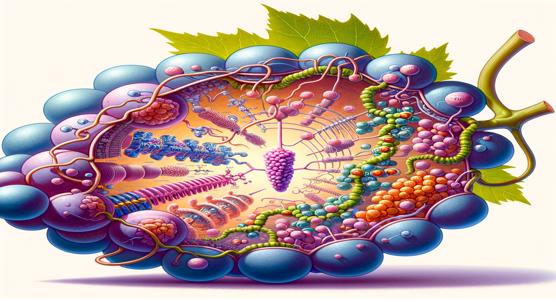
 15th July, 2024
| Jim Crocker
15th July, 2024
| Jim Crocker
Key Proteins Work Together to Help Grapes Set Fruit
Research from Henan University reveals the VlLOG11 gene's crucial role in grapevine fruit setting via cytokinin signaling. Overexpressing VlLOG11 boosts fruit set and cytokinin-related genes, offering insights for improving grape yield and quality.
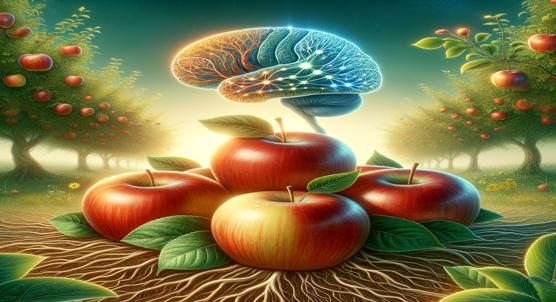
 14th July, 2024
| Jenn Hoskins
14th July, 2024
| Jenn Hoskins
Apple Compounds Improve Memory and Gut Health Through the Gut-Brain Connection
Apple polysaccharides (AP) may help combat aging by improving memory, reducing inflammation, and enhancing gut health in aging mice. This study suggests AP could be a promising natural intervention to extend healthspan and tackle age-related diseases.
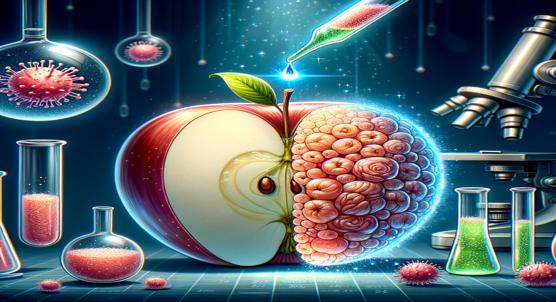
 14th July, 2024
| Jenn Hoskins
14th July, 2024
| Jenn Hoskins
Apple Extract Boosts Skin Cell Growth and Collagen Production in Lab Studies
Recent research from Aomori University reveals that apple pomace extract boosts skin fibroblast growth and collagen production, enhancing skin hydration and resilience. This study highlights the potential of apple pomace as a sustainable, anti-aging skincare ingredient.

 14th July, 2024
| Jenn Hoskins
14th July, 2024
| Jenn Hoskins
Green Techniques to Boost Antioxidant Extraction from Red Prickly Pear Peels
A study by Universidad Nacional de Moquegua optimized extracting antioxidants from prickly pear peels using advanced techniques. Findings show specific solvents and temperatures enhance efficiency, paving the way for new applications in food, nutraceuticals, and pharmaceuticals.
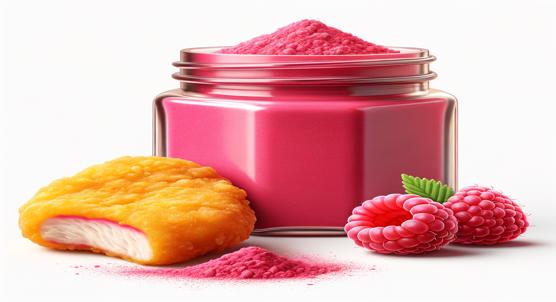
 13th July, 2024
| Jim Crocker
13th July, 2024
| Jim Crocker
Raspberry Powder Enhances pH, Color, and Shelf Life of Packaged Chicken Nuggets
Encapsulated raspberry powder (RP) enhances the color and stability of chicken nuggets, counteracting phosphate's pH-raising effects. The study shows RP improves redness and shelf life, offering a natural, healthier additive for meat products.
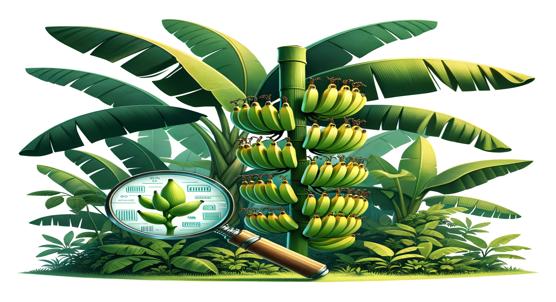
 13th July, 2024
| Jenn Hoskins
13th July, 2024
| Jenn Hoskins
Genomics Identifies Origins of Naturally Occurring Seedless Bananas
Researchers at National Taiwan University have discovered a method to produce seeds from sterile triploid bananas by hybridizing them with wild diploid species, resulting in tetraploid offspring. This breakthrough could boost genetic diversity and resilience in banana crops.
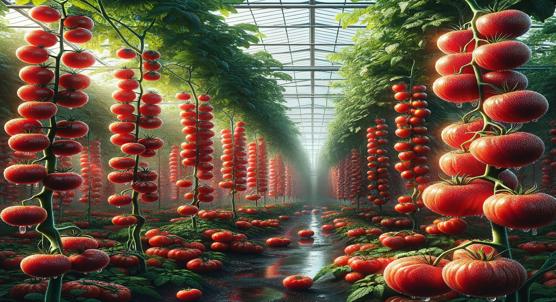
 13th July, 2024
| Greg Howard
13th July, 2024
| Greg Howard
Understanding and Predicting Tomato Cracking in Greenhouses
Tomato fruit cracking is driven by extreme temperature and humidity changes. A study from Northwest A&F University found that managing these environmental factors, using techniques like fruit bagging, can mitigate cracking and improve market value.
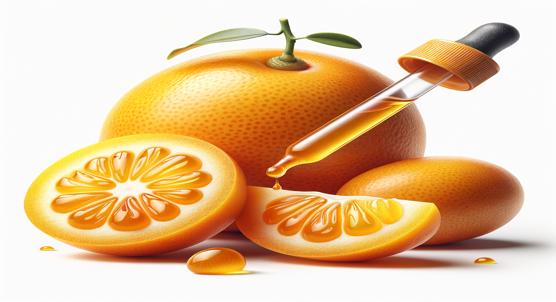
 12th July, 2024
| Jenn Hoskins
12th July, 2024
| Jenn Hoskins
Reducing Salmonella Infections with Kumquat Fruit Extract
Researchers found Kumquat methanol extract effective against antibiotic-resistant Salmonella. Key compounds showed strong antibacterial and anti-inflammatory properties, offering a promising alternative to traditional antibiotics. Further clinical studies are needed.
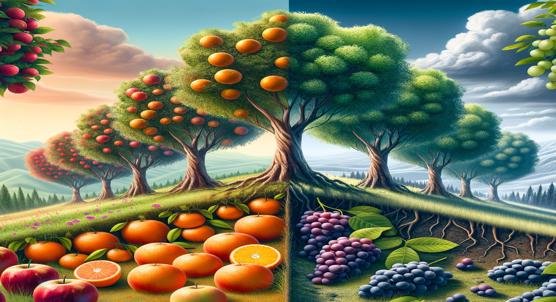
 12th July, 2024
| Greg Howard
12th July, 2024
| Greg Howard
How Temperature Changes Affect Fruit Traits at Different Elevations
A study by iDiv on wild fruit species in Madagascar reveals that rising temperatures may not significantly alter fruit traits like size and color, though some species show chemical changes. This highlights the complex interplay of biotic and abiotic factors in ecosystem dynamics.
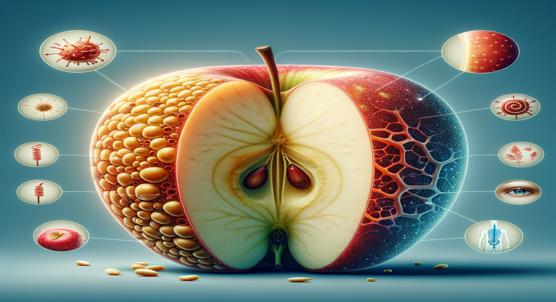
 12th July, 2024
| Jenn Hoskins
12th July, 2024
| Jenn Hoskins
Understanding Apple Allergies: How Polyphenols Interact with Allergenic Proteins
A study from the University of Hamburg reveals that phenolic compounds in apples can affect the allergen Mal d 1, potentially reducing allergic reactions in people with birch pollen allergies. This insight could lead to breeding apples with lower allergenic potential.
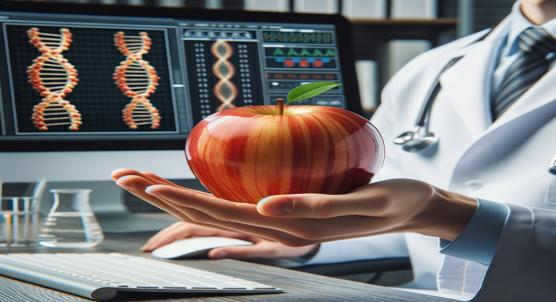
 12th July, 2024
| Greg Howard
12th July, 2024
| Greg Howard
Predicting Apple Quality Using Combined Genetic Data from Various Systems
Recent advancements in genomic analysis show promise in apple breeding. A Chiba University study found that combining data from different genotyping platforms enhances the accuracy of genomic prediction and GWAS, potentially accelerating the breeding of high-quality apples.
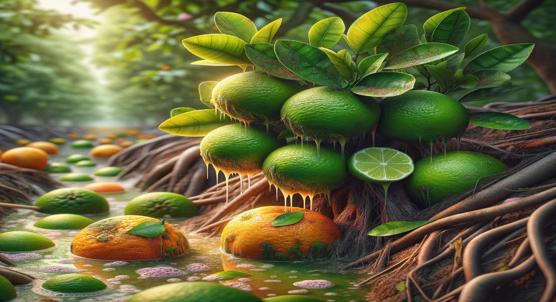
 11th July, 2024
| Jenn Hoskins
11th July, 2024
| Jenn Hoskins
Health Risks from Toxic Metals in Sweet Lime and Oranges Grown with Wastewater
A study by Usak University reveals that citrus fruits irrigated with sewage water have significantly higher levels of toxic metals compared to those watered with fresh water. These findings underscore the need for safe irrigation practices to safeguard public health.

 11th July, 2024
| Greg Howard
11th July, 2024
| Greg Howard
Genetic Studies Reveal Amazonian Roots of Guava Cultivation
Researchers from Universidad Nacional Autónoma de México traced guava's domestication to Brazilian Amazonia, revealing high genetic diversity and multiple gene pools across Mesoamerica and South America. This study aids in guava conservation and breeding strategies.
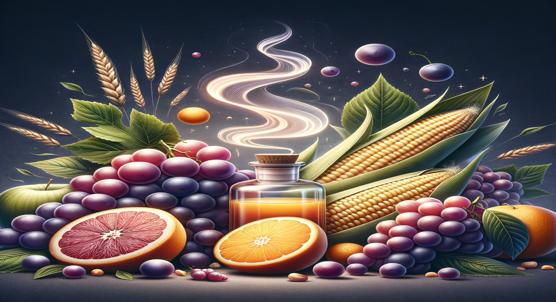
 9th July, 2024
| Jenn Hoskins
9th July, 2024
| Jenn Hoskins
How Grapes, Oranges, and Corn Create a Sweet-Smelling Compound
New research reveals grapes may produce the aromatic compound methyl anthranilate (MeAA) in a one-step process, challenging previous beliefs. This discovery highlights the evolutionary adaptability of plant enzymes, offering insights for enhancing plant defense and aroma.
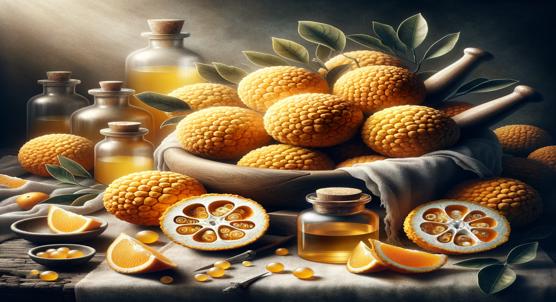
 7th July, 2024
| Jim Crocker
7th July, 2024
| Jim Crocker
Health Benefits of Extracts and Compounds from Osage Orange Fruits
Recent research reveals that Osage orange fruits contain powerful antioxidants and anti-inflammatory compounds, including osajin and auriculasin. These compounds show promise in treating cancer and inflammatory diseases by inhibiting tumor growth and oxidative stress pathways.
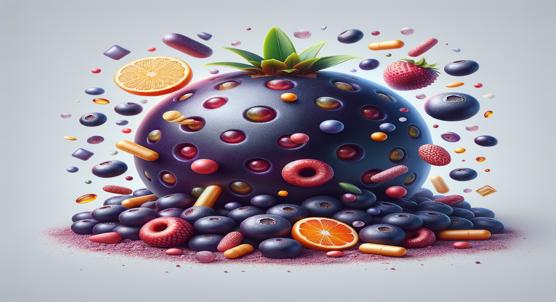
 6th July, 2024
| Jenn Hoskins
6th July, 2024
| Jenn Hoskins
Comparing Nutrient Profiles of Açaí Fruit, Food Powder, and Dietary Supplements
Researchers at Auburn University developed a method to chemically profile açaí extracts, identifying 173 metabolites, 138 of which were new. This helps ensure quality and safety in açaí supplements, crucial for cancer patients using them alongside conventional treatments.
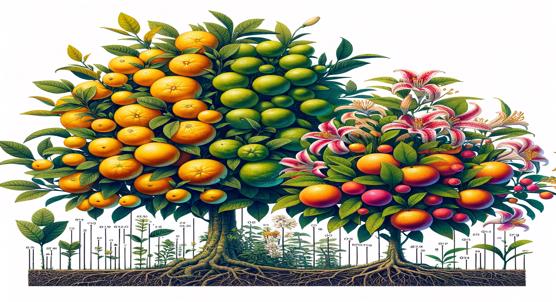
 6th July, 2024
| Greg Howard
6th July, 2024
| Greg Howard
How BBX22 and HY5 Genes Control Plant Height and Fruit Color in Citrus
Researchers at Huazhong Agricultural University have discovered how BBX22 and HY5 proteins regulate plant height and pigment in citrus. This study could lead to new citrus varieties with desirable traits like shorter plants for easier harvesting and enhanced nutritional quality.
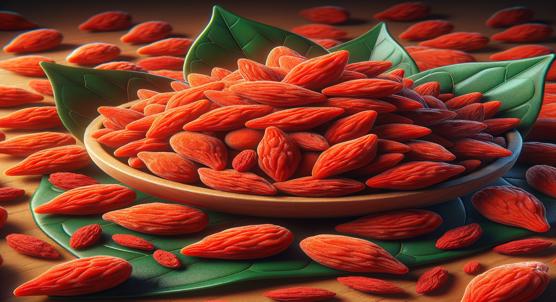
 6th July, 2024
| Jenn Hoskins
6th July, 2024
| Jenn Hoskins
Nutritional Benefits and Health Properties of Goji Berries
A University of Belgrade study reveals goji berries from Serbia are rich in dietary fiber, protein, and beneficial fatty acids. They exhibit strong antioxidant and mild antimicrobial properties, highlighting their potential in food, nutraceutical, and pharmaceutical industries.
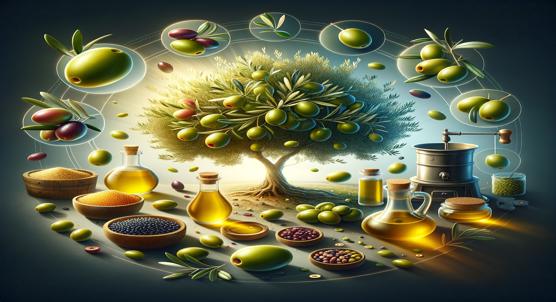
 6th July, 2024
| Jim Crocker
6th July, 2024
| Jim Crocker
How Processing Methods Affect Olive Health Benefits and Nutrient Content
Natural green olives show promise in managing post-meal blood sugar spikes due to their high phytochemical content and effective inhibition of digestive enzymes, offering a potential natural alternative to synthetic drugs for type 2 diabetes management.
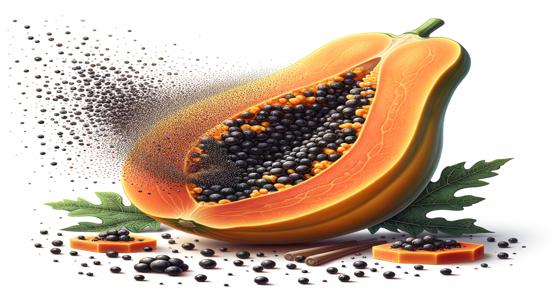
 4th July, 2024
| Jenn Hoskins
4th July, 2024
| Jenn Hoskins
Potential Anti-Inflammatory Benefits of Nanoparticles from Papaya Fruit
Papaya-derived nanoparticles show promise in reducing inflammation, as demonstrated by a study from Institut Teknologi Bandung. These safe, stable particles reduced inflammatory markers in cell and zebrafish models, highlighting their potential for therapeutic use.
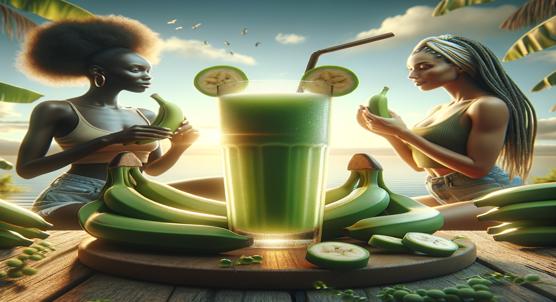
 2nd July, 2024
| Greg Howard
2nd July, 2024
| Greg Howard
Drinking Cooked Green Banana Drink Lowers Blood Sugar in Healthy Women
A UERJ study found that the Nanicão banana, rich in resistant starch, significantly reduces plasma glucose levels, highlighting its potential in glycemic control. However, it showed no immediate impact on hunger or satiety hormones, suggesting more research is needed.
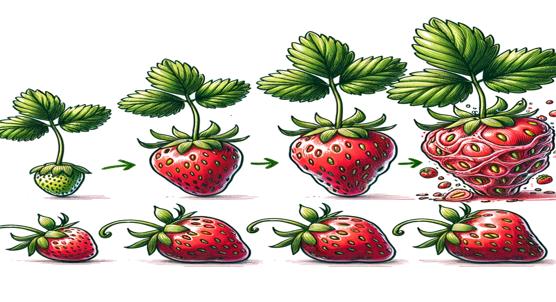
 2nd July, 2024
| Jim Crocker
2nd July, 2024
| Jim Crocker
Strawberry Skin Stops Forming as the Fruit Grows
Researchers at Leibniz University Hannover discovered that cutin, a key component of the plant cuticle, is actively deposited on the inner surface of strawberry fruit cuticles. This insight into cuticle development could help improve strawberry durability and quality.
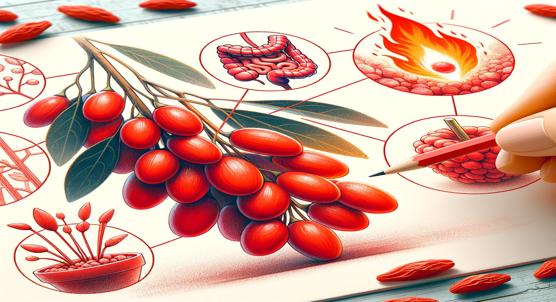
 2nd July, 2024
| Greg Howard
2nd July, 2024
| Greg Howard
Goji Berry's Benefits for Gut Health and Inflammation in High-Fat Diets
A study from Sun Moon University found that Goji berries and their fermented form improve gut health and reduce inflammation in high-fat-fed rats by altering gut bacteria. These findings suggest dietary interventions could help manage metabolic disorders.
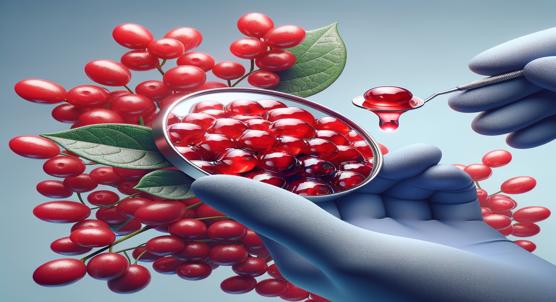
 2nd July, 2024
| Jenn Hoskins
2nd July, 2024
| Jenn Hoskins
Cranberry-Enhanced Dental Resin Shows Improved Strength and Hardness
A study by SRM Dental College found that adding cranberry extract to denture resin doesn't weaken its flexural strength but reduces its hardness. This could help fight oral infections in elderly denture wearers, though the impact on durability needs more research.

 1st July, 2024
| Jenn Hoskins
1st July, 2024
| Jenn Hoskins
Natural Compounds Enhance Color Stability in Blueberry Fermented Drinks
Researchers at Anhui Agricultural University improved the color stability of blueberry fermented beverages by using EGCG for copigmentation, leading to better color retention and higher anthocyanin stability, promising enhanced shelf life and visual appeal for food products.
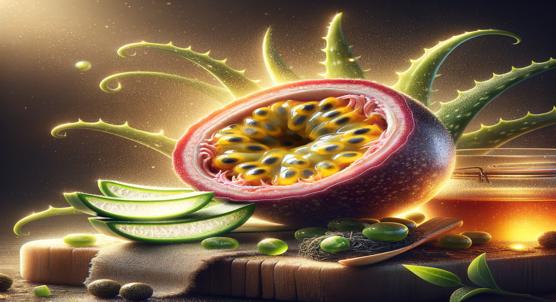
 1st July, 2024
| Jenn Hoskins
1st July, 2024
| Jenn Hoskins
Aloe Vera and Tea Extract Coating Helps Passion Fruit Stay Fresh Longer
Aloe vera and tea polyphenol coatings significantly extend the shelf life of passion fruits by reducing weight loss, decay, and enhancing firmness. This eco-friendly method boosts beneficial compounds, improving fruit quality and nutritional value during storage.
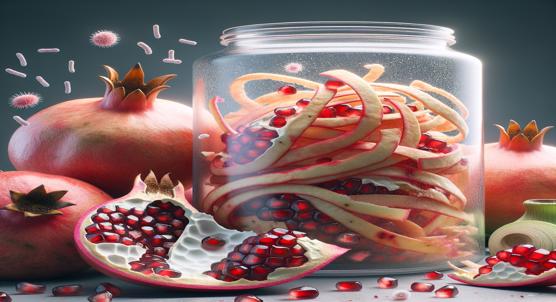
 29th June, 2024
| Jenn Hoskins
29th June, 2024
| Jenn Hoskins
Pomegranate Peel Extract: A Potential Antimicrobial Ingredient from Food Waste
A study by the National Institute of Technology Rourkela shows that using ionic gelation to encapsulate pomegranate peel extract enhances its stability and antibacterial properties, offering a natural alternative to synthetic antimicrobials for food safety and pharmaceuticals.
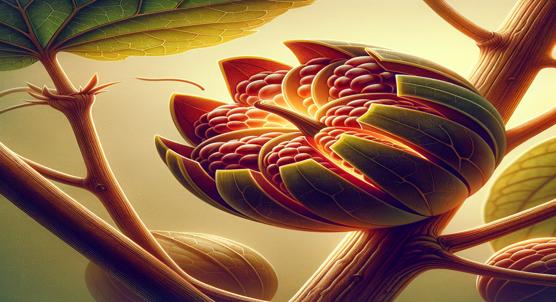
 28th June, 2024
| Jim Crocker
28th June, 2024
| Jim Crocker
The AtrBGAL2 Gene Controls Fruit Cracking in Chocolate Vine
Researchers identified a key gene, AtrBGAL2, linked to fruit cracking in Akebia trifoliata. Overexpressing this gene led to early cracking and altered cell wall composition. Silencing it reduced cracking, offering potential for improved commercial fruit varieties.
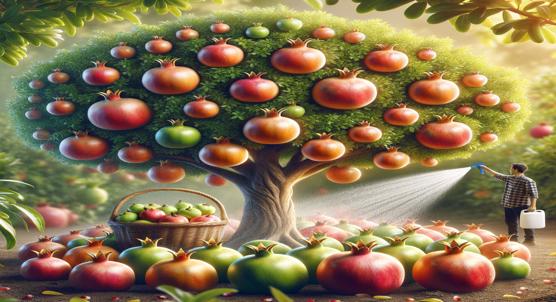
 28th June, 2024
| Jenn Hoskins
28th June, 2024
| Jenn Hoskins
How Shade and Sprays Affect Pomegranate Quality, Antioxidants, and Minerals
Shading and foliar silicon sprays can significantly enhance pomegranate quality in hot climates. These methods reduce aril whitening, boost antioxidants, and improve color and nutrient content, offering practical solutions for growers facing challenging conditions.
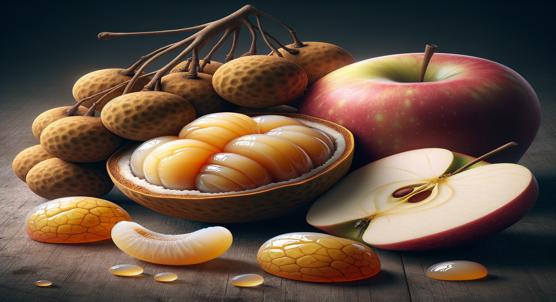
 27th June, 2024
| Greg Howard
27th June, 2024
| Greg Howard
How Longan Shell Extract Helps Prevent Apple Browning
Longan shell tannins (LSTs) have been identified as effective tyrosinase inhibitors, offering potential in food preservation by preventing browning and in medicine for treating hyperpigmentation and neurodegenerative diseases. This study highlights the power of natural compounds.

 27th June, 2024
| Jenn Hoskins
27th June, 2024
| Jenn Hoskins
Genetic Study Identifies Key Traits in 182 Types of Upward-Growing Chili Peppers
Researchers at Hainan University conducted a genome-wide study on 26 agronomic traits in Capsicum frutescens and Capsicum annuum, identifying 929 SNPs and 519 candidate genes. This work advances molecular breeding, potentially boosting pepper crop quality and yield.

 27th June, 2024
| Jenn Hoskins
27th June, 2024
| Jenn Hoskins
Wild Berries as Potential Sources of Heart-Healthy Compounds
Discover the potent health benefits of underutilized Canadian wild berries, rich in essential fats, phytosterols, and terpenes. Wild grapes and haskap berries stand out for their high polyunsaturated fats, while snowberries show promise for blood pressure regulation.
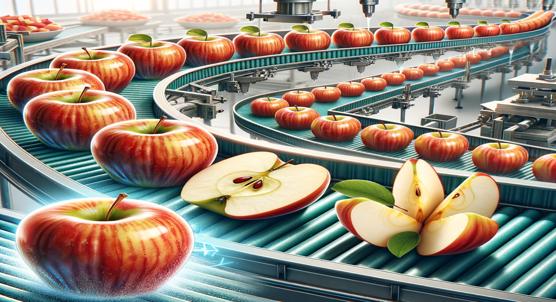
 27th June, 2024
| Jim Crocker
27th June, 2024
| Jim Crocker
Optimal Browning Inhibitor Mix for Mass Processing Fresh-Cut Fuji Apples
Researchers at Korea University have developed a method to reduce browning in fresh-cut apples using Vitamin C and trehalose, monitored by electrical conductivity. This innovation enhances apple quality and shelf-life, with potential applications for other fruits and vegetables.
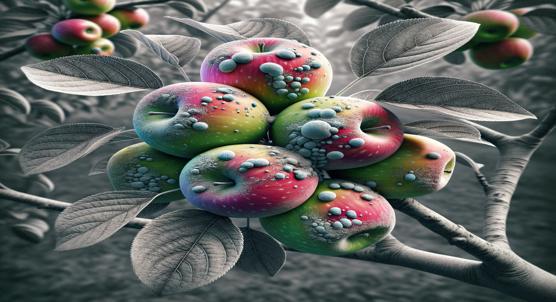
 26th June, 2024
| Jenn Hoskins
26th June, 2024
| Jenn Hoskins
Fungal Invasion Boosts Salicylic Acid and Anthocyanin Production in Apples
Researchers at Shandong Agricultural University discovered that fungal infections in apples trigger salicylic acid production, enhancing red pigment formation via the MdNPR1-MdTGA2.2 module. This insight could improve apple coloration and disease resistance.
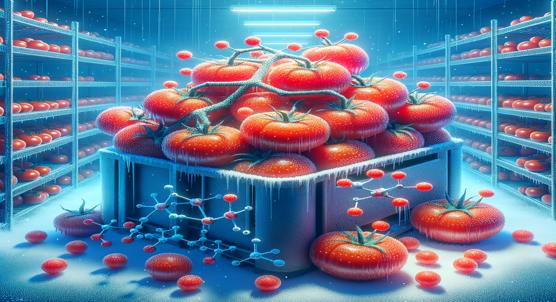
 25th June, 2024
| Jenn Hoskins
25th June, 2024
| Jenn Hoskins
How Hydrogen Sulfide Helps Tomatoes Stay Fresh and Firm in Cold Storage
Hydrogen sulfide fumigation can combat chilling injury in cold-stored tomatoes by boosting energy metabolism and delaying cell wall breakdown, keeping the fruit firm and spot-free. This method promises to extend shelf life and reduce food waste.
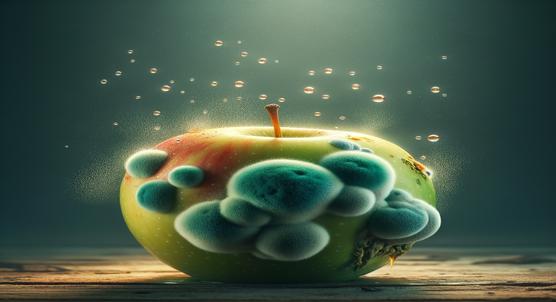
 25th June, 2024
| Jenn Hoskins
25th June, 2024
| Jenn Hoskins
Understanding Toxin Production in Mold Found on Apples
Researchers in Hungary found that patulin-producing fungi in apples vary by location more than farming methods. Key fungi like Aspergillus and Penicillium were identified, highlighting the need for targeted strategies to manage mycotoxin risks in apple products.
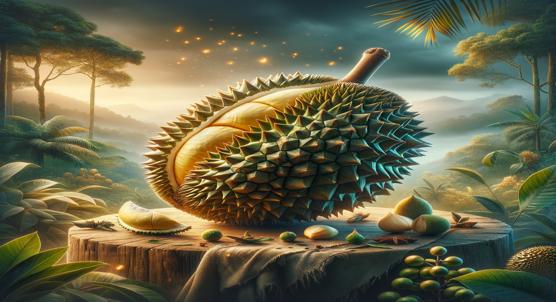
 24th June, 2024
| Jim Crocker
24th June, 2024
| Jim Crocker
How Durian Fruit Gets Its Flavor: Key Activators and Repressors Explained
Researchers at Chulalongkorn University discovered two key proteins, DzMYB2 and DzMYB3, that regulate the production of health-boosting phenolic compounds in durian. DzMYB2 activates and DzMYB3 represses these compounds, offering insights for enhancing durian's nutritional value.
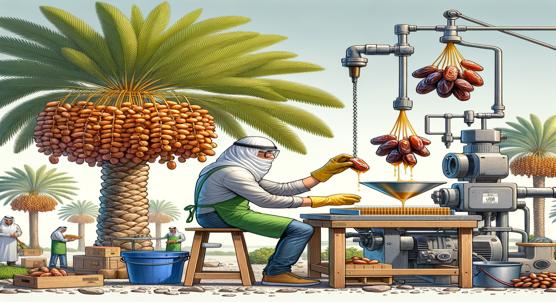
 24th June, 2024
| Jim Crocker
24th June, 2024
| Jim Crocker
Natural Sweetener from Date Palm Extract Using Safe Food-Grade Processing Method
Researchers at Khalifa University developed a natural sweetener from date fruit extract using colloidal gas aprons (CGAs) and Tween 20. This method achieved a 92% sugar enrichment, offering a healthier alternative to white sugar for the food industry.
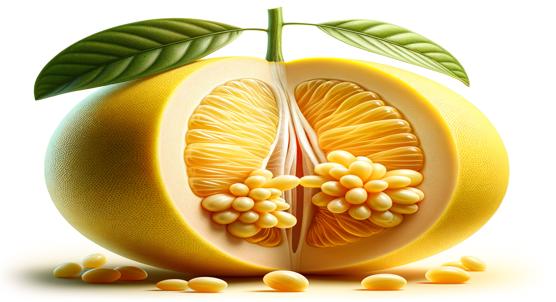
 23rd June, 2024
| Greg Howard
23rd June, 2024
| Greg Howard
How CgHSFB1 Affects Self-Fertilization in Shatian Pummelo
Researchers at Huazhong Agricultural University discovered that the gene CgHSFB1 represses S1-RNase, a key enzyme in pummelo self-incompatibility, potentially enabling self-pollination. This breakthrough could enhance pummelo breeding and reduce production costs.
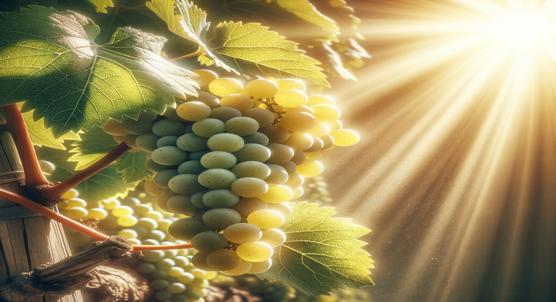
 23rd June, 2024
| Jenn Hoskins
23rd June, 2024
| Jenn Hoskins
Studying Heat and Stress Effects on Flavor Compounds in Sauvignon Blanc Grapes
Heat stress boosts the production of key aroma compounds in Sauvignon Blanc grapes, crucial for wine flavor. The University of Trieste's study identifies genes involved in this process, providing insights to combat climate change effects on vineyards.
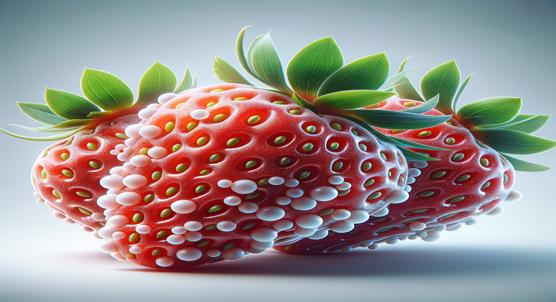
 22nd June, 2024
| Jenn Hoskins
22nd June, 2024
| Jenn Hoskins
Edible Coating with Good Bacteria Keeps Strawberries Fresh Longer
Researchers at Northwest A&F University found that sodium alginate-based coatings with lactic acid bacteria can significantly extend strawberry shelf life by reducing weight loss, decay, and microbial growth, offering a sustainable alternative to synthetic fungicides.

 21st June, 2024
| Jenn Hoskins
21st June, 2024
| Jenn Hoskins
Gene NbPTR1 Helps Kiwifruit Resist Harmful Bacteria
Researchers found that introducing the NbPTR1 immune receptor from Nicotiana benthamiana into susceptible kiwifruit cultivars can confer resistance to the devastating Psa3 pathogen, offering a promising solution to protect kiwifruit crops from severe agricultural losses.
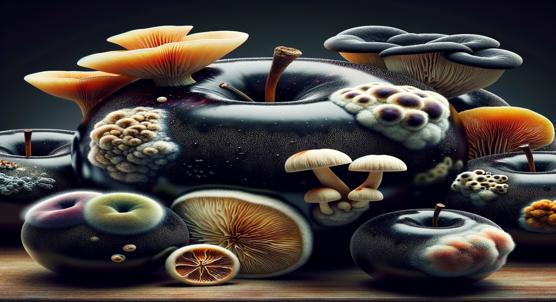
 21st June, 2024
| Jim Crocker
21st June, 2024
| Jim Crocker
Discovering Fungal Variety and Chemical Processes on Black Apples
Researchers from the Technical University of Denmark discovered a vast chemical diversity in black apples caused by fungal decay. Their study highlights secondary metabolites' roles in microbial competition, offering insights into managing fungal pathogens in the fruit industry.
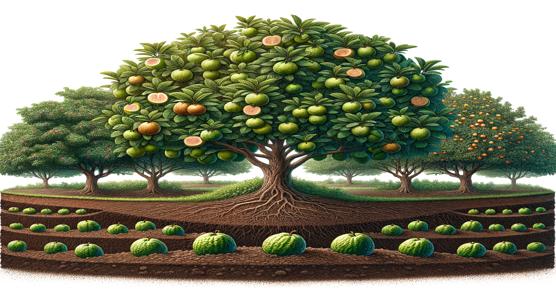
 18th June, 2024
| Jim Crocker
18th June, 2024
| Jim Crocker
Boosting Soil Health and Guava Yield with Natural Mulch in Rain-Fed Orchards
Using Tephrosia candida biomass as mulch in guava orchards significantly boosts soil fertility, crop yield, and sustainability. The optimal amount, 3.0 kg/m², enhances trunk diameter, fruit yield, and soil health while promoting carbon sequestration and microbial activity.
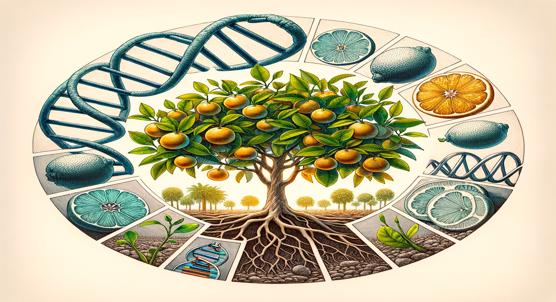
 17th June, 2024
| Greg Howard
17th June, 2024
| Greg Howard
Gene FhRWP Influences Various Developmental Traits in Citrus Reproduction
Recent research reveals the RWP gene's crucial role in citrus embryogenesis, showing how chromatin accessibility and key signaling pathways regulate asexual reproduction. These findings offer new tools for plant bioengineering and deepen our understanding of plant development.

 16th June, 2024
| Greg Howard
16th June, 2024
| Greg Howard
Exploring the Blood-Clot Busting Power of Green Kiwifruit
Green kiwifruit extract shows promise as a natural treatment for cardiovascular diseases by significantly reducing blood clots. This plant-based alternative could offer safer, effective thrombolytic therapy, especially in regions lacking advanced medical treatments.

 16th June, 2024
| Jenn Hoskins
16th June, 2024
| Jenn Hoskins
Perfecting Watermelon Juice Quality with Heat and Sound Techniques
Thermosonication, combining heat and ultrasound, preserves watermelon juice's nutrients better than traditional methods. A study optimized conditions to retain lycopene, β-carotene, and ascorbic acid, suggesting this technique enhances juice quality with minimal nutrient loss.
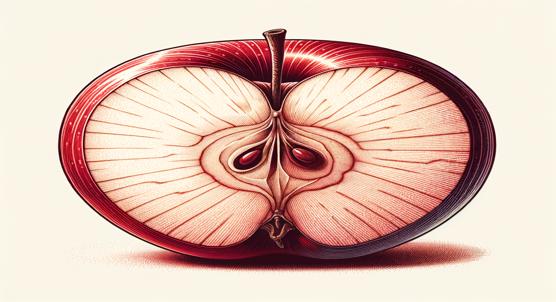
 15th June, 2024
| Jenn Hoskins
15th June, 2024
| Jenn Hoskins
A Genetic Variation Influences Redness of Apple Flesh
Researchers at Shandong Agricultural University discovered that the MdWRKY10 protein plays a crucial role in enhancing the red color in apples by activating anthocyanin synthesis. This finding could lead to breeding apples with improved nutritional value and more vibrant colors.
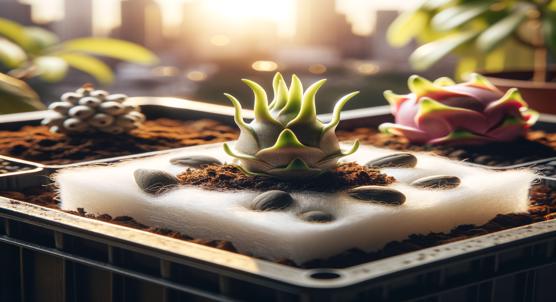
 13th June, 2024
| Jim Crocker
13th June, 2024
| Jim Crocker
Best Growth Conditions for Dragon Fruit Seeds: Comparing Different Growing Media
A recent study by The Islamia University of Bahawalpur reveals vermiculite as the best medium for dragon fruit seed germination, while compost supports the longest stem growth. These insights could optimize dragon fruit cultivation, enhancing both yield and health benefits.
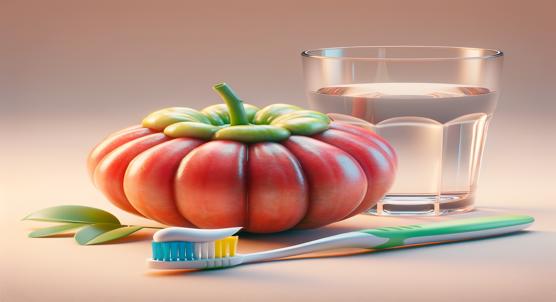
 12th June, 2024
| Jenn Hoskins
12th June, 2024
| Jenn Hoskins
Evaluating Garcinia Fruit Extract Mouthrinse for Better Oral Hygiene
Researchers found that a mouthrinse made from Garcinia indica fruit extract is as effective as chlorhexidine in reducing oral bacteria, but with fewer side effects like tooth staining and cytotoxicity, making it a promising natural alternative for oral hygiene.
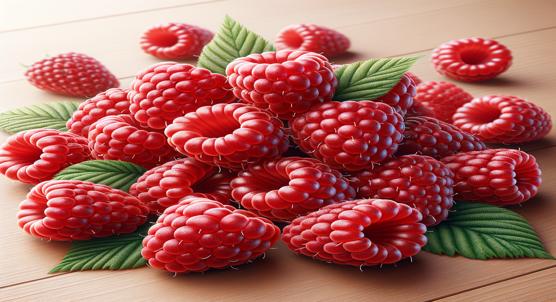
 11th June, 2024
| Jim Crocker
11th June, 2024
| Jim Crocker
Red Raspberries Protect Gut Health and Reduce Stress in Intestinal Cells
Research from the Università degli Studi di Milano shows red raspberry powder can enhance intestinal barrier integrity, reducing permeability and oxidative stress. This suggests dietary red raspberry may help prevent diseases linked to intestinal barrier dysfunction.
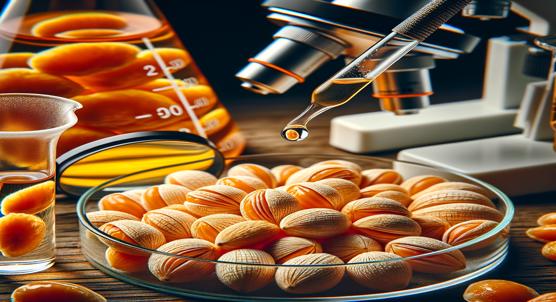
 8th June, 2024
| Jim Crocker
8th June, 2024
| Jim Crocker
Purifying and Studying a Key Enzyme from Sweet Orange Seeds
Researchers at Huazhong Agricultural University isolated and purified the enzyme LDLH from sweet orange seeds, revealing its stability and ion-dependent activity. This discovery could help reduce bitterness in citrus products, enhancing their taste and consumer appeal.
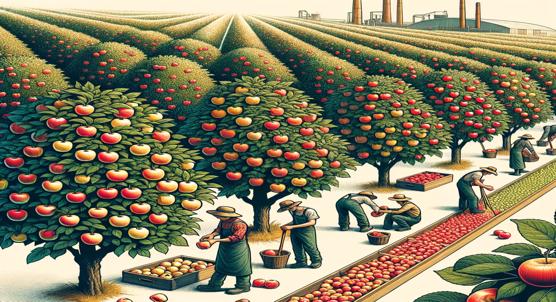
 7th June, 2024
| Greg Howard
7th June, 2024
| Greg Howard
Unlocking Apple Harvest Secrets: Advanced Sorting Techniques for Better Harvests
Jazan University's study enhances sampling methods to estimate apple production in India's Himalayan region. Using advanced stratification and Neyman allocation, the research boosts efficiency and accuracy, aiding agricultural planning and resource allocation.
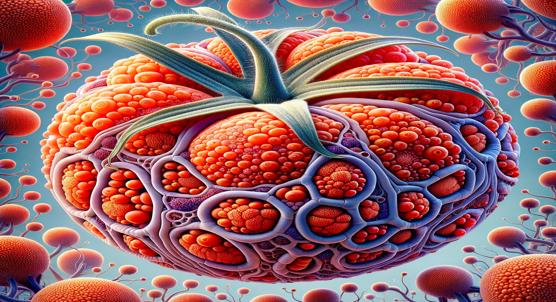
 7th June, 2024
| Jenn Hoskins
7th June, 2024
| Jenn Hoskins
How Low Oxygen Affects Tomato Cell Walls During Ripening
A study by the Polish Academy of Sciences reveals how low oxygen levels affect fruit ripening and quality. By analyzing changes in cell wall components, researchers offer insights to optimize storage conditions and extend the shelf life of fruits like tomatoes.
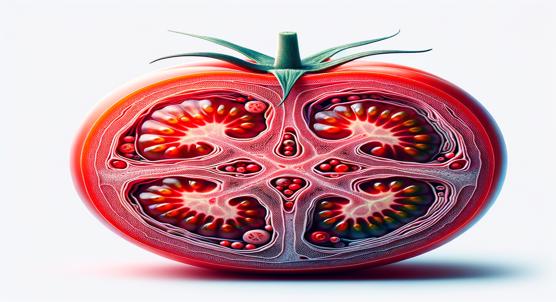
 6th June, 2024
| Jim Crocker
6th June, 2024
| Jim Crocker
How Low Oxygen Affects Tomato Cell Walls During Ripening
Low oxygen levels impact tomato ripening, altering cell wall components and enzyme activities. A 5% oxygen environment slows ripening, while 0% accelerates it. These findings could improve storage strategies, extending fruit shelf life and quality.
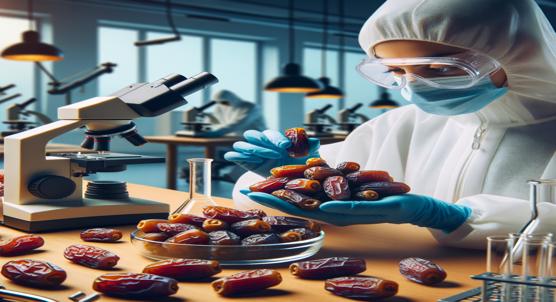
 5th June, 2024
| Jim Crocker
5th June, 2024
| Jim Crocker
Extracting Health Benefits from Date Pomace Using Modern Techniques
Researchers at UAE University have developed a green extraction method to derive valuable polysaccharides from date pomace. These compounds exhibit significant health benefits, including gut health promotion, and highlight sustainable food processing innovations.

 3rd June, 2024
| Greg Howard
3rd June, 2024
| Greg Howard
Safely Applying Fungal Treatments to Fruits After Harvest
Researchers at UC Davis have developed a reliable protocol to simulate fungal disease spread in stored fruits like oranges, tomatoes, and apples. This method helps study infections and test control strategies, showing high disease incidence and potential for broader applications.
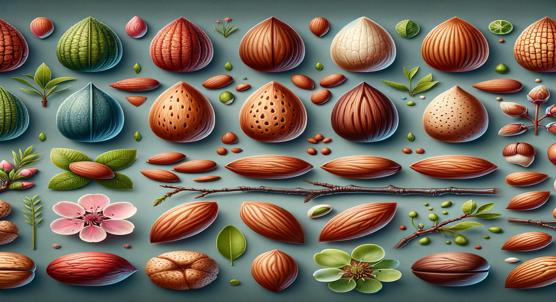
 3rd June, 2024
| Greg Howard
3rd June, 2024
| Greg Howard
Comparing Nut Quality in Different Almond Varieties and Their Hybrid Offsprings
A Cukurova University study found significant variation in almond quality traits among local, foreign, and hybrid varieties. By identifying superior traits through crossbreeding, breeders can develop higher-quality almonds, benefiting both producers and consumers.
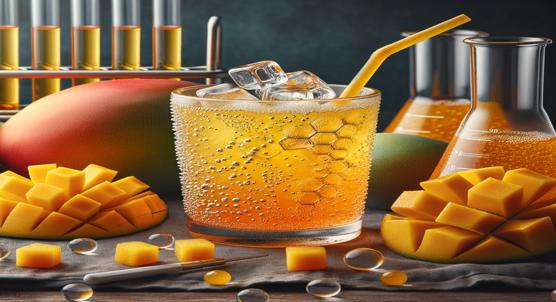
 2nd June, 2024
| Jenn Hoskins
2nd June, 2024
| Jenn Hoskins
How Mango Aroma Enhances Sweetness in Low-Sugar Drinks: A Sensory Study
Researchers found that mango aroma can enhance sweetness in low-sugar beverages, allowing a 32.14% reduction in sugar without sacrificing taste. This odor-induced sweetness enhancement (OISE) highlights the potential for healthier, sugar-reduced products.
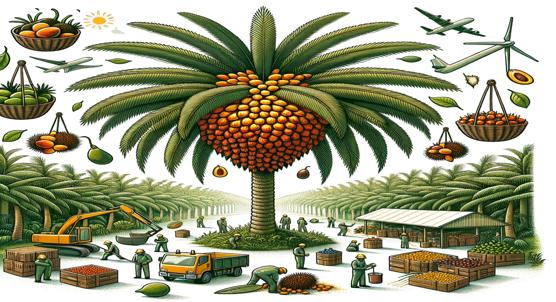
 1st June, 2024
| Greg Howard
1st June, 2024
| Greg Howard
Exploring Sustainable Commercial Use of Palm Fruits
The Amazon's palm fruits hold untapped economic potential. A study highlights açaí as the top candidate for market development due to its abundance and demand. Majo shows promise but needs better processing, while palma real and motacu face low demand and expertise issues.
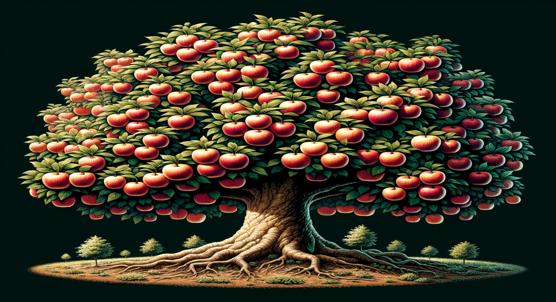
 31st May, 2024
| Jenn Hoskins
31st May, 2024
| Jenn Hoskins
Apple Tree Crop Loads Affect Trunk Growth, Future Harvests, and Fruit Quality
Research on ‘Ruby Matilda’ apples (Pink Lady®) reveals that precise crop load management in multi-leader trees boosts yield and fruit quality while minimizing biennial bearing. Optimal loads per leader and trunk improve consistency and simplify orchard operations.
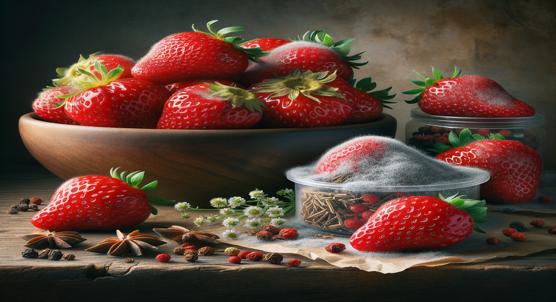
 30th May, 2024
| Jenn Hoskins
30th May, 2024
| Jenn Hoskins
Using Natural Fumigants to Extend Strawberry Shelf-Life and Prevent Gray Mold
Research by Qingdao Agricultural University reveals that VOCs from Trichoderma asperellum T7 can effectively combat gray mold in strawberries by damaging the pathogen's plasma membrane, offering a natural alternative to synthetic fungicides and extending fruit shelf life.
